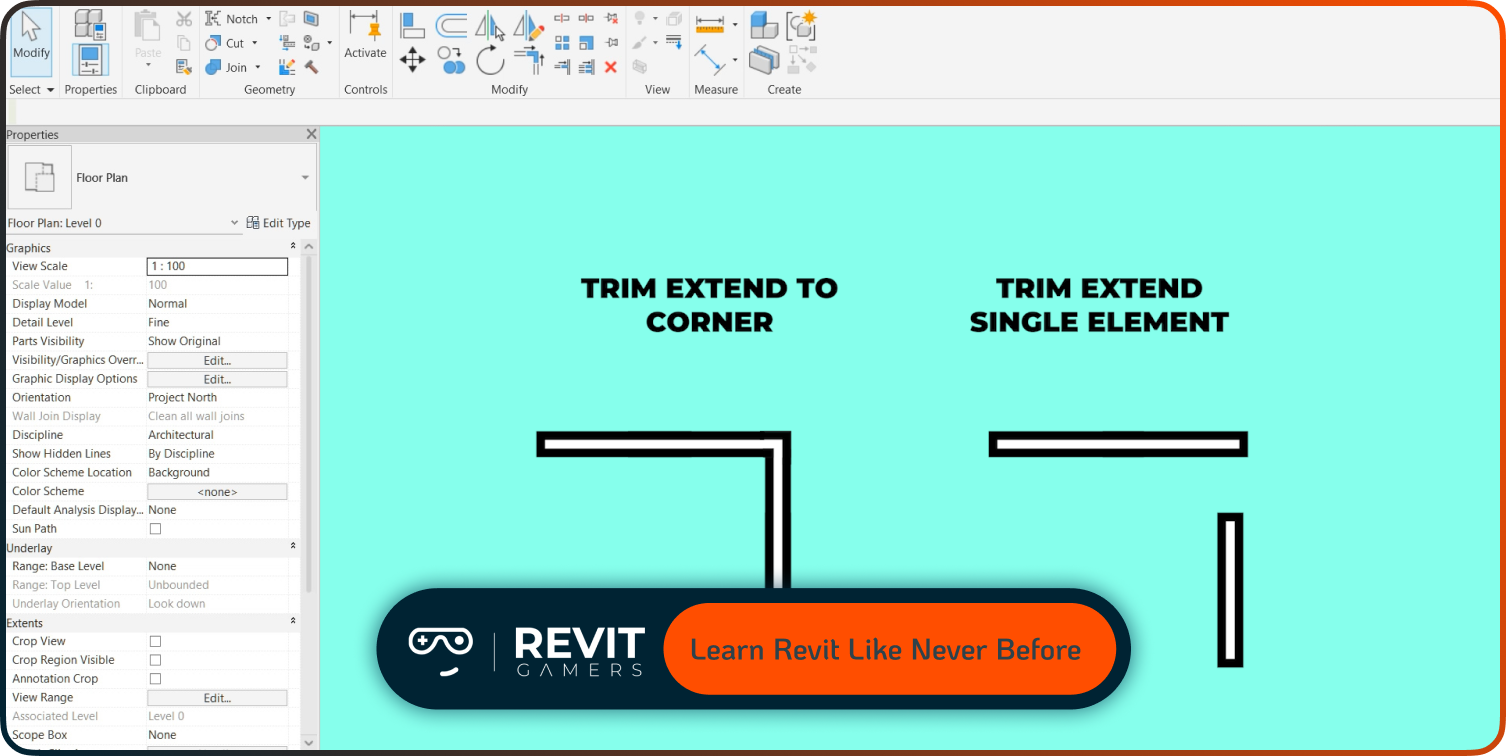News & Events
Top 5 Revit Training Tips for Architects
- May 30, 2025
- Posted by: bita
- Category: blog Revit Training Tips

Therefore, effective Revit training tailored specifically for architects is critical for enhancing productivity, improving collaboration, and delivering high-quality architectural projects. Whether you are a student beginning your journey or an experienced professional upgrading your skills, enrolling in specialized Revit classes for architects or following a structured training plan can make a significant difference.
In this article, we present the top 5 Revit training tips for architects designed to help you maximize your learning experience, avoid common pitfalls, and become proficient in this indispensable BIM software. From selecting the right course to applying advanced collaboration tools, these strategies will empower you to confidently integrate Revit into your architectural workflow.
Revit 2026 New Features – What’s New in Revit 2026
Top 5 Revit Training Tips for Architects:
In today’s rapidly evolving architecture industry, proficiency with Building Information Modeling (BIM) software like Autodesk Revit has become indispensable. For architects, mastering Revit is not only about creating detailed 3D models but also about streamlining workflows, improving collaboration, and delivering precise construction documentation. However, many architects face challenges when starting their Revit training journey due to the software’s complexity and extensive features.
To truly benefit from Revit, architects need focused and efficient learning strategies tailored specifically to their profession. Generic tutorials often fail to cover architectural nuances, leaving learners overwhelmed or missing key skills needed for practical application. This is why selecting the right Revit classes for architects and following a strategic learning path are crucial.
In this section, we dive into the core strategies that will help you get the most out of your Revit training. From choosing specialized courses that address architectural workflows to maintaining a disciplined learning schedule, these tips are designed to build a strong foundation and progressively elevate your skill set. We also explore how leveraging online communities and resources can supplement your formal training, keeping you updated on the latest trends and solutions.
Moreover, applying project-based learning and gradually mastering advanced features like collaboration tools and automation can transform you from a beginner to a proficient Revit user, ready to tackle complex architectural challenges. By adopting these approaches, architects can not only accelerate their learning but also increase their value in multidisciplinary design teams and BIM-driven projects.
Let’s explore the top five essential tips that will guide you through effective Revit training and help you succeed in mastering this powerful software for architectural excellence.
1. Select Specialized Revit Classes for Architects
The first and arguably the most important step in your Revit training journey is choosing the right educational program. Revit is a multifaceted software used in various disciplines including architecture, structural engineering, and MEP design. Therefore, general Revit tutorials may not fully address the specific needs of architects.
Specialized Revit classes for architects focus on architectural design principles, modeling techniques, annotation, and documentation workflows essential to the profession. These courses often cover topics such as wall and roof creation, door and window families, room and area planning, schedules, and construction document sets.
When evaluating training options, consider the following:
- Curriculum relevance: Ensure the course emphasizes architectural workflows rather than generic Revit usage.
- Instructor background: Learning from professionals with architectural experience or BIM management expertise ensures practical insights.
- Learning format: Choose between in-person workshops, live online sessions, or self-paced courses based on your availability and preferred learning style.
- Hands-on exercises: Practical application of concepts is key to retention. Opt for courses with project-based assignments or labs.
- Certification: Some courses offer Autodesk certification preparation, adding credibility to your skill set.
A well-chosen class accelerates your understanding, reduces frustration, and helps you develop skills directly transferable to your architectural projects.
2. Develop a Consistent and Structured Learning Schedule
Revit is complex software with many tools and workflows, and mastering it requires consistent practice over time. Many learners give up early because they try to learn too much at once or lack a regular study routine. Establishing a structured Revit training schedule can help you stay motivated and build your skills systematically.
Here are some effective strategies to maintain a disciplined learning routine:
- Set achievable goals: Break down your learning objectives into weekly or daily targets. For example, dedicate one week to mastering wall creation and annotation, and another week to schedule generation.
- Use time-blocking: Allocate specific time slots in your calendar exclusively for Revit practice and study. Treat these sessions like important meetings.
- Incorporate review sessions: Revisit previously learned topics regularly to reinforce your memory and deepen your understanding.
- Balance theory and practice: Watch tutorial videos or read manuals, then immediately apply the knowledge through exercises or mini-projects.
- Track your progress: Maintain a learning journal or checklist to celebrate milestones and identify areas needing more focus.
With a clear and consistent schedule, your learning process becomes manageable and less overwhelming, ensuring steady progress toward Revit proficiency.
3. Leverage Online Resources and Architectural Communities
Formal Revit classes for architects are invaluable, but supplementing them with self-directed online learning and community engagement greatly enriches your training experience. The internet offers a wealth of resources to deepen your Revit knowledge at your own pace.
Some excellent online platforms include:
- Autodesk University: Offers free courses, webinars, and resources directly from Autodesk experts.
- LinkedIn Learning: Provides professional, structured Revit courses with certificates upon completion.
- YouTube: Numerous channels specialize in Revit tutorials, tips, and project walkthroughs.
- Blogs and forums: Websites like Revit Forum and The Building Coder host active discussions, troubleshooting help, and user-shared scripts.
Engaging with professional communities is equally important:
- Join architectural BIM groups on LinkedIn to network with peers and mentors.
- Participate in Reddit’s r/Revit community to ask questions and share experiences.
- Attend local BIM user groups or meetups to exchange knowledge and best practices.
These platforms keep you updated on the latest Revit features, industry trends, and collaborative workflows while offering direct access to expert advice and peer support.
4. Emphasize Project-Based Learning
One of the most effective ways to master Revit training is through project-based learning, which involves applying software skills to realistic architectural projects. Rather than passively consuming tutorials, you engage actively in problem-solving and design execution, which enhances retention and builds confidence.
Start with simple projects such as modeling a single-family home or small commercial building. Gradually increase complexity by including multi-story buildings, complex roof systems, and interior layouts.
Key benefits of project-based learning include:
- Practical skill development: You learn not only software commands but also architectural decision-making within a BIM context.
- Error recognition: Real projects expose you to common modeling mistakes, prompting you to learn troubleshooting techniques.
- Portfolio building: Completed projects serve as demonstrable work samples when seeking jobs or freelance gigs.
- Understanding workflow integration: Experience how Revit fits into the full project lifecycle, including documentation and coordination.
Consider volunteering for small community or non-profit projects to gain real-world experience or redesign existing building plans for practice.
5. Advance Your Skills with Collaboration and Automation Tools
Once comfortable with basic Revit operations, pushing your Revit training toward advanced features will differentiate you as a BIM-savvy architect. Modern architectural practice increasingly relies on collaborative workflows and automation to improve efficiency and accuracy.
Focus on these advanced areas:
- Worksharing and cloud collaboration: Learn how to collaborate simultaneously with multidisciplinary teams using Revit’s worksharing tools and Autodesk BIM 360 platform.
- Parametric family creation: Build custom families (components like windows, doors, furniture) that adapt to different parameters and project needs.
- Dynamo visual programming: Use Dynamo scripts to automate repetitive tasks such as sheet creation, parameter updates, or data extraction.
- Clash detection and coordination: Integrate Revit models with Navisworks to identify and resolve conflicts between architectural, structural, and MEP models.
- BIM documentation standards: Understand industry best practices for creating deliverable documentation aligned with BIM execution plans.
Mastering these skills not only boosts your productivity but also makes you an essential asset in multidisciplinary project teams, improving project outcomes and client satisfaction.
2.1 Master Revit’s Essential Drawing Tools: Walls, Floors, and More | Step-by-Step Guide
Conclusion
Achieving proficiency in Revit through deliberate Revit training is a transformative step for architects aiming to thrive in the digital design era. By selecting specialized Revit classes for architects, committing to a structured learning schedule, engaging with online communities, adopting project-based learning, and exploring advanced collaboration and automation tools, you can unlock the full potential of this powerful BIM software.
Revit is not merely a design tool—it’s the backbone of modern architectural workflows that integrates design, analysis, and construction documentation. With these top 5 training tips, you are well equipped to overcome the initial learning challenges and leverage Revit to enhance your architectural practice.
Invest in your education, practice consistently, and stay curious about emerging features and industry trends. The journey to Revit mastery is continuous, but the rewards are immense—improved efficiency, higher-quality designs, and greater career opportunities in the evolving architecture landscape.



